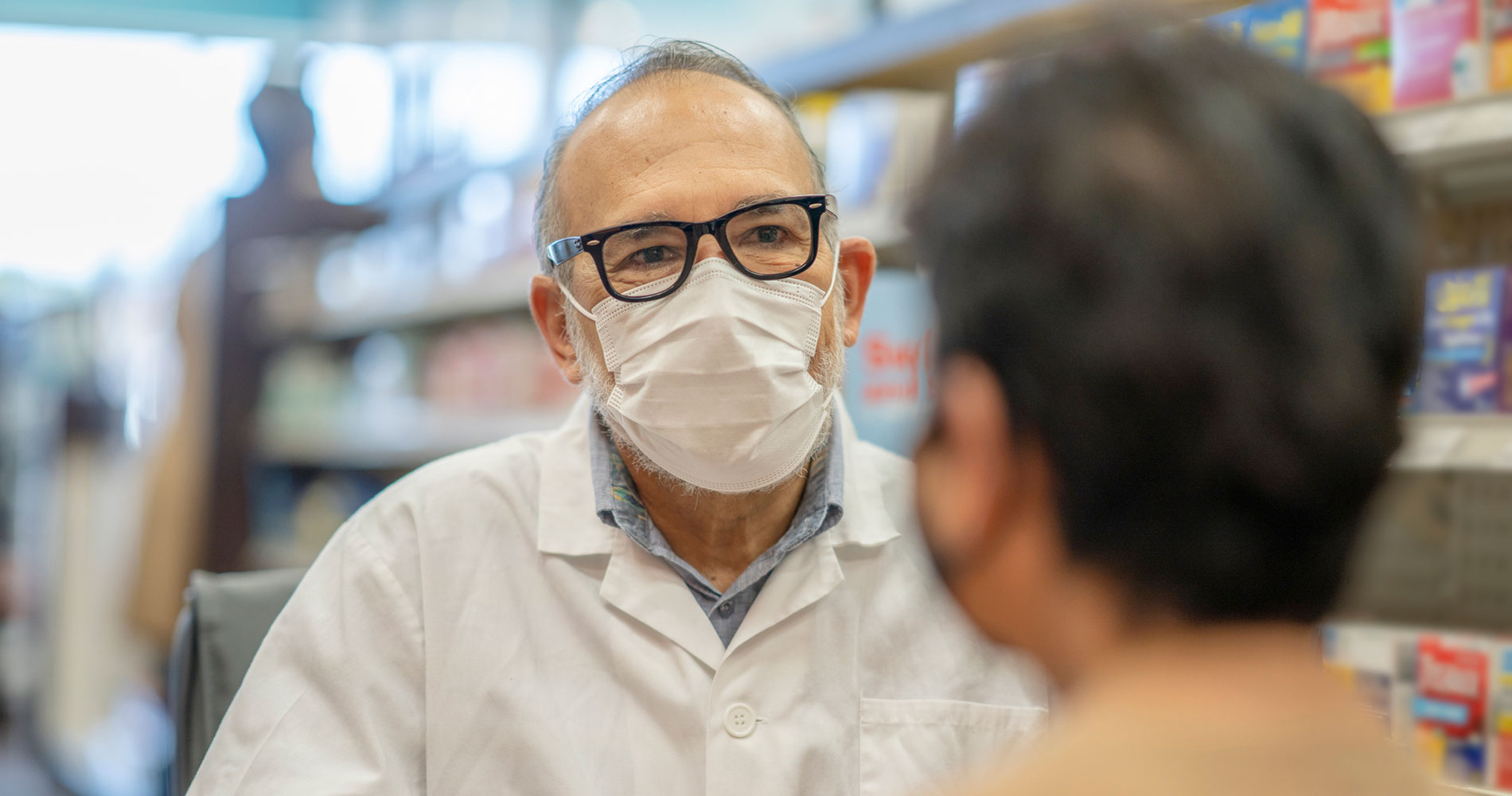To effectively treat Opioid Use Disorder, patients need to access multiple parts of the healthcare system to receive high quality care, that may include behavioral therapy and medication to counteract addiction. So why are pharmacists refusing to fill these very important medications that might offset the deaths in Harris and surrounding counties from drug overdose?
The Prescription Drug Misuse Education and Research (PREMIER) Center at University of Houston focuses on how pharmacies and pharmacists can either be facilitators or barriers to a patient receiving timely, effective care.
The gold standard of care for Opioid Use Disorder (OUD) is Medication Assisted Treatment that includes both psychosocial interventions such as counseling, as well as medication. One medication, naltrexone, is a shot which, when administered, keeps the patient from feeling any reaction from an opioid. Another is methadone which requires daily trips to a treatment facility.
Lastly, the only type of medication for OUD that can be prescribed in an outpatient setting and filled at a community pharmacy is buprenorphine. These three drugs work differently, but in a very general way they help to prevent death from drug overdoses.
Community pharmacists in Texas are reluctant to fill prescriptions for buprenorphine to treat OUD. PREMIER also showed, through its research, that Harris County does not have an equal distribution of available prescribers to treat patients with OUD or pharmacies to fill those buprenorphine prescriptions.
There is a gap in understanding of how high-quality treatment should be delivered,” said Doug Thornton, Ph.D., Pharm.D., director of the PREMIER Center. “National agencies have agreed to a minimum duration of treatment, but that education has not been effectively passed down to the community pharmacists who need to make the real-time decision whether to fill the prescription or not. Also, stigma against patients with OUD can be an issue in the entire healthcare system, and unfortunately, that includes community pharmacy.”
There is a tool that informs patients where a doctor is located who will prescribe a medication to fight addiction. “When we checked the SAMHSA Buprenorphine locator, the database where patients are supposed to be able to identify providers to treat their OUD, we were dismayed, although not entirely shocked, that there were essentially no providers east of 59 including Second Ward, Greater Third Ward and southeast Houston,” said Thornton.
The PREMIER Center, including the newest member of the research team, Tyler Varisco, Ph.D., Pharm.D., has since been working on ways to more accurately measure access to providers and to identify health disparities in terms of geographic location, ethnicity and socio-economic status in Harris County.
“We have to remember that OUD is a chronic, relapsing disease and patients need to be treated with compassion as well as medication,” said Thornton.
Image: Getty Images/E+/Patrick Chu
